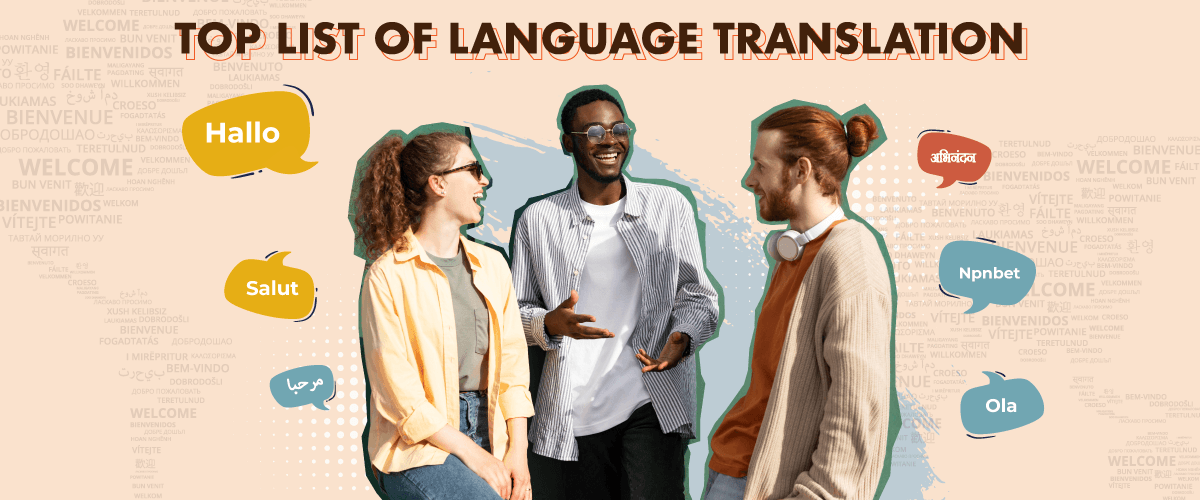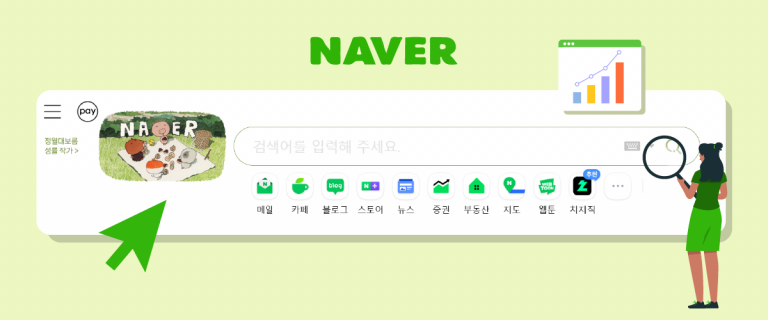Have you ever looked up the most spoken languages in the world and the top language for translation? The more a language is used, the more often it is translated. Let’s dive deep and explore together how understanding and translating most popular language can open doors to new cultural insights, business ventures, and global connections!
What is the most spoken language in the world?
This time we will summarize the top 15 list of the most spoken languages in the world and for translation. This list is based on the number of speakers who use the language from the Ethnologue. In this blog post, we’ll take a closer look at the top languages spoken in the world for translation, and explore why they are important for website developers. We will also discuss their unique characteristics and why they are essential for communication and understanding different cultures.
This information is necessary for you multilingual website developers to know. Because later there will be many audiences from various countries with different languages, now your job is to facilitate them so that they can translate your content based on their own language.
#1 English - 1.4+ billion total speakers
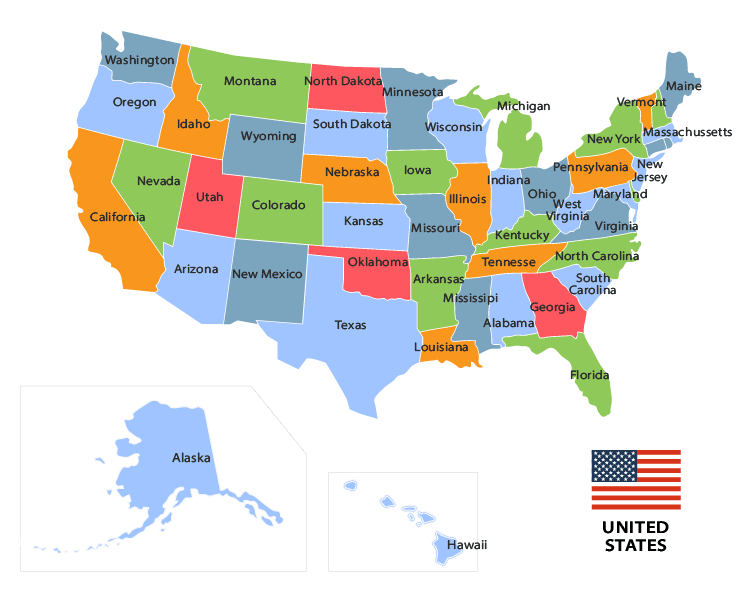
Native speakers: 379+ million
Total speakers: 1.4+ billion
The first most spoken language in the world is English. We all certainly agree that English has the most speakers in the world because it is an international language that is used everywhere.
There are more than 1.4 million English speakers in total. By adding English language to your site’s translation options, you will bring many benefits, including:
- Increased global reach: English is the most commonly used language on the internet, so translating a website into English can help reach a larger audience.
- Improved credibility: English is the language of international business, so having a website in English can give a business or organization a more professional and credible image.
- Enhanced customer satisfaction: Providing content in English can make it easier for non-native speakers to navigate a website and find the information they need, which can lead to greater customer satisfaction.
#2 Chinese - 1.1+ billion total speakers
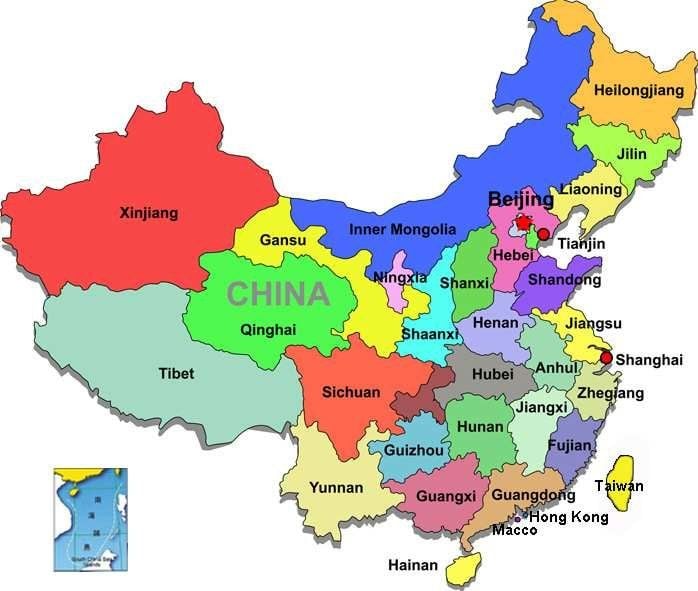
Native speakers: 939+ million
Total speakers: 1.1+ billion
The second language is most spoken in the world, especially for business purposes is Mandarin. This language is suitable for those of you who want to learn a lot of foreign languages because many companies and businesses are looking for people who can speak Mandarin. Likewise, for web developers, you need to add this language to your site.
And also, translating a website into Chinese, for example translate a website from English to Chinese or something else can provide a number of benefits, so that if a Chinese speaker visits your site, they can read your content clearly.
#3 Hindi - 602+ million total speakers
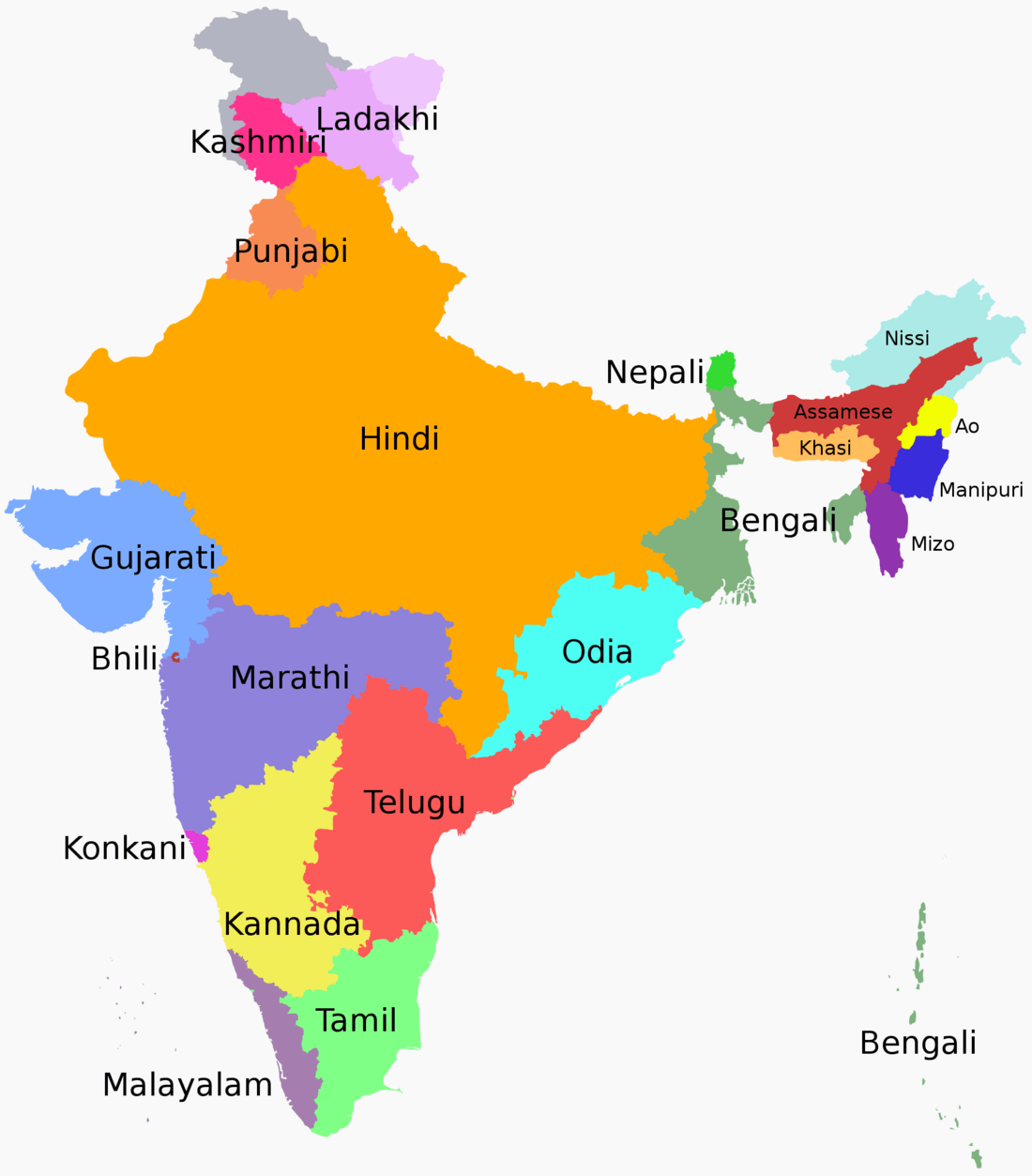
Native speakers: 344+ million
Total speakers: 602+ million
Hindi is it ranks 3rd in the list of the most spoken languages in the world for translation and the number 1 national language in India. Native speakers of Hindi are not as many as Mandarin and English, but the total number of speakers of this language from various countries is quite a lot, namely more than 602 million people.
Firstly, it can help reach out to the vast Hindi-speaking audience, which is not only limited to India but also includes countries where Hindi is spoken as a second language.
Hindi can be one of the languages added to a multilingual website, as translating a website into Hindi can provide a variety of very significant benefits for the Hindi-speaking audience.
#4 Spanish - 559+ million total speakers
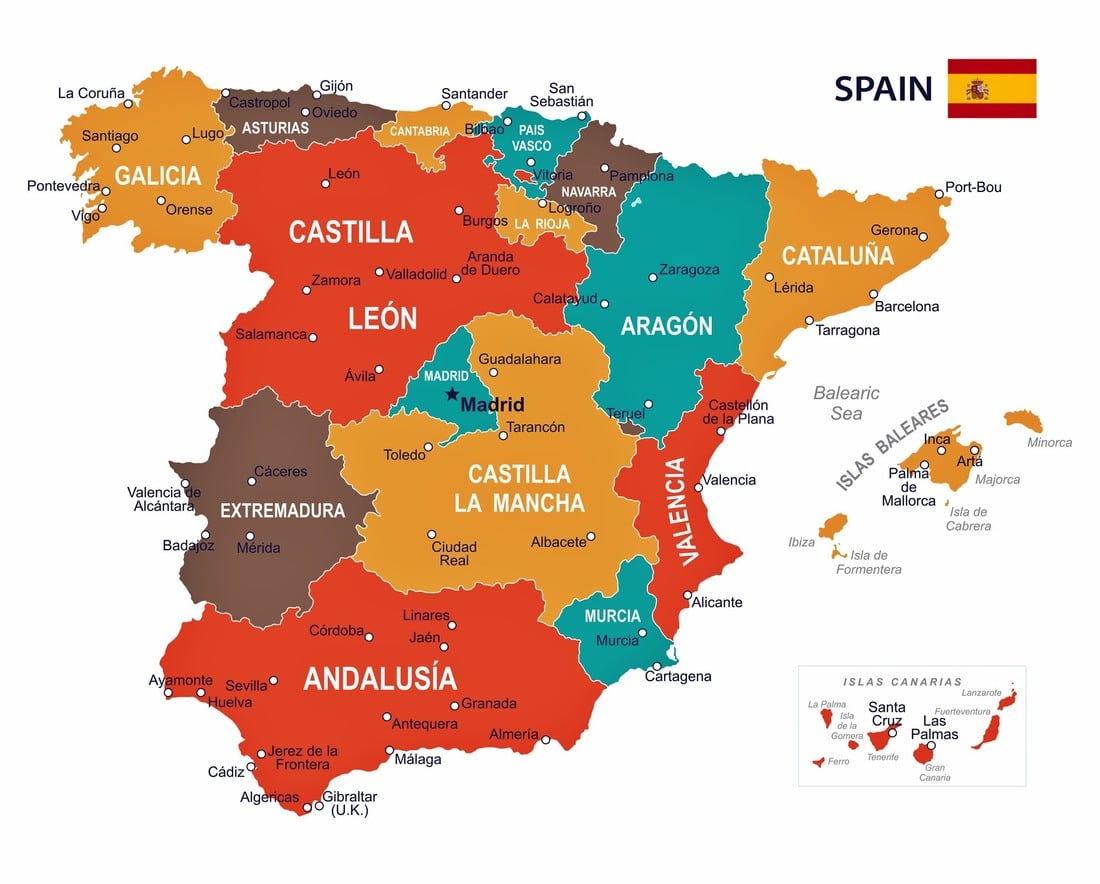
Native speakers: 485+ million
Total speakers: 559+ million
Fourth on the list of the world’s most spoken languages for translation is Spanish. According to Ethnologue, the total number of Spanish speakers is 559 million.
There are several reasons why Spanish is considered an important global language. Firstly, it is the official language in 21 countries, including Spain, Mexico, Argentina, Colombia, and Peru, among others. It is also an official language in the United States Nations, the European Union, and other international organizations.
Translating a website into Spanish can also help improve its SEO (Search Engine Optimization) rankings. This is because Spanish is a highly-searched language, and by including Spanish keywords and phrases on a website, businesses can increase their chances of appearing in search results for Spanish-speaking users.
#5 Arabic - 372+ million total speakers
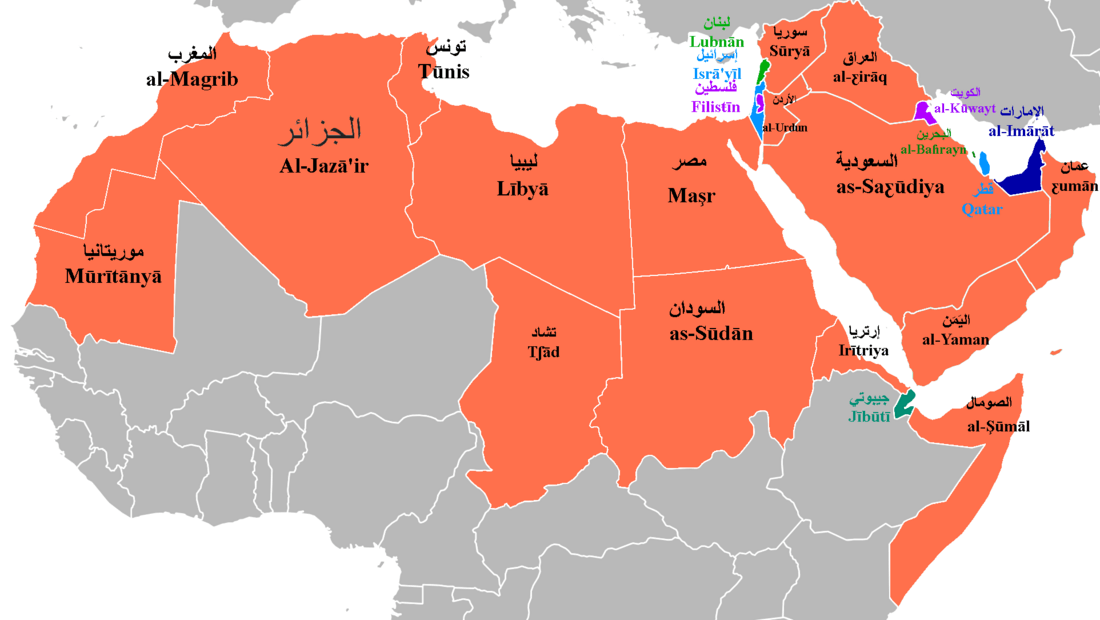
Total speakers: 372+ million
Fifth on the top list of the world’s most used languages for translation is Arabic. With a total of more than 370 million speakers, Arabic is worth adding to your multilingual site’s translation options.
Translating a website into Arabic can bring numerous benefits. First, it can significantly increase the website’s reach and audience, as Arabic is a widely spoken language.
Second, translating a website into Arabic can enhance customer engagement and improve the user experience. Third, translating a website into Arabic can help establish a strong brand presence and credibility in the Arab world. It shows that a business or organization is committed to serving Arabic speakers and understands their needs and preferences.
#6 French - 309+ million total speakers
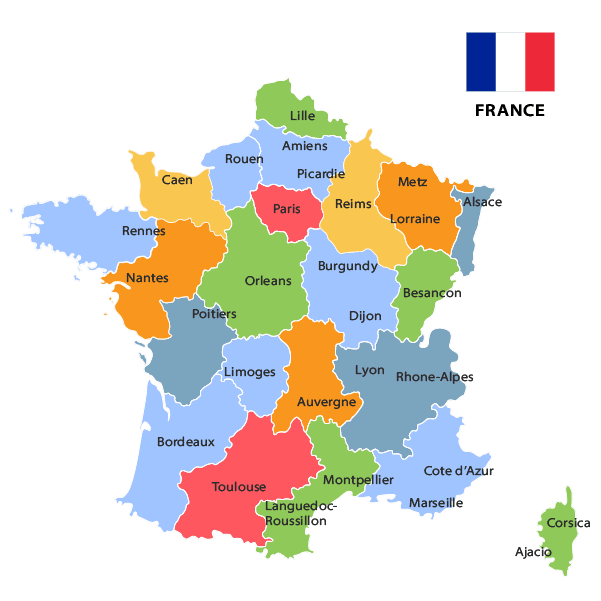
Native speakers: 80.7+ million
Total speakers: 309+ million
The next language that is widely used in the world for translation is French. The number of speakers of this language worldwide is quite large, namely more than 309 million users. Therefore you need to add this language in the multilingual site.
Translating a website into French can provide several benefits, especially for businesses that are looking to expand their global reach. Firstly, it allows businesses to reach a wider audience. By providing content in French, businesses can attract French-speaking customers who may not speak English or prefer to browse in their native language. This can lead to increased engagement and conversion rates, as customers are more likely to engage with content that they can understand.
#7 Bengali - 272+ million total speakers
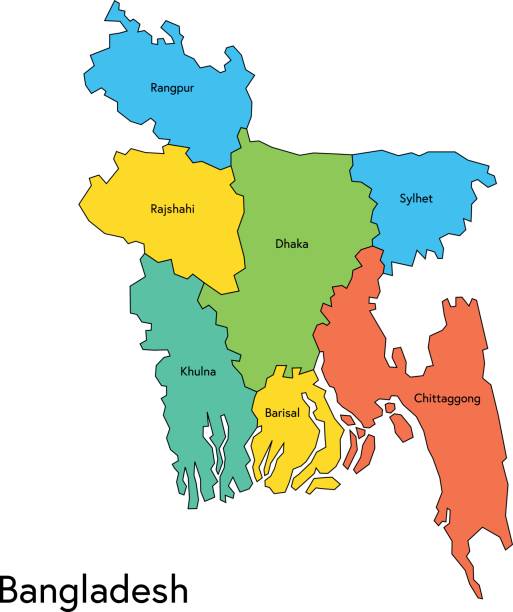
Native speakers: 233.8+ million
Total speakers: 272.8+ million
You might not expect that Bengali is one of the top 15 most spoken languages lists. Bengali is the official language of Bangladesh and is also spoken in parts of India and Burma. Considering the population density of the area, it made sense.
Translating a website into Bengali can have numerous benefits, such as expanding a business’s reach to Bengali-speaking customers and improving user engagement. By making a website accessible in Bengali, businesses can tap into a vast market of potential customers who prefer to browse and shop in their native language. It can also help to improve the multilingual SEO website by increasing its visibility in Bengali-speaking regions.
#8 Portuguese - 263+ million total speakers
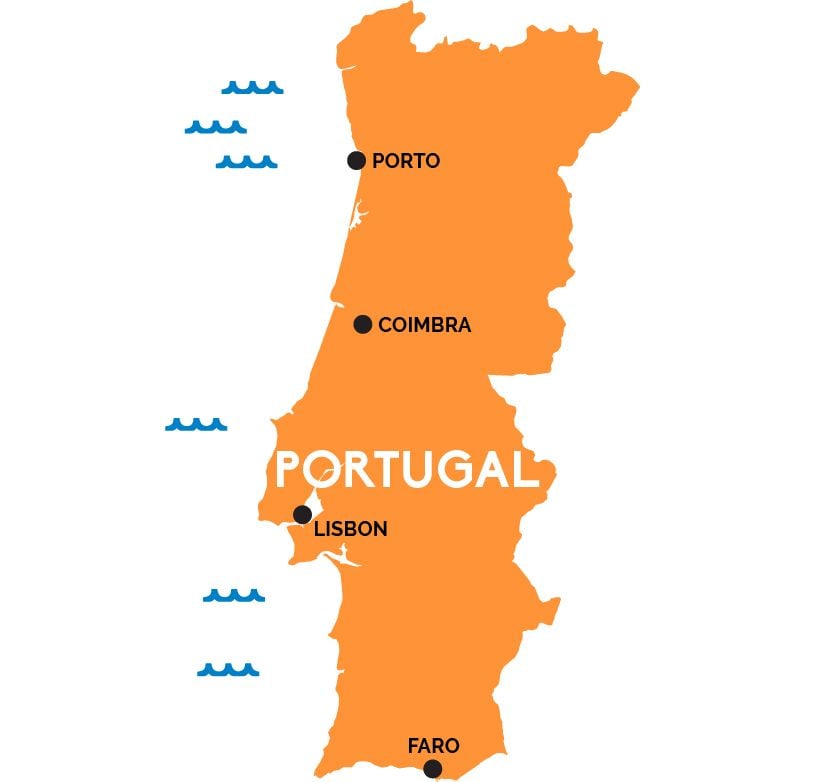
Native speakers: 236.2+ million
Total speakers: 263.6+ million
At present, Portuguese it is the official language of nine countries in Asia, Africa, South America, and Europe. The most extensive among these countries is Brazil, which also has the most Portuguese speakers. With its vast population, Portuguese is currently the most spoken language in the Southern Hemisphere.
That way, you can add Portuguese in your site’s translation options and translate website in Portuguese language so that visitors from these language-speaking countries can understand your content.
#9 Russian - 254+ million total speakers
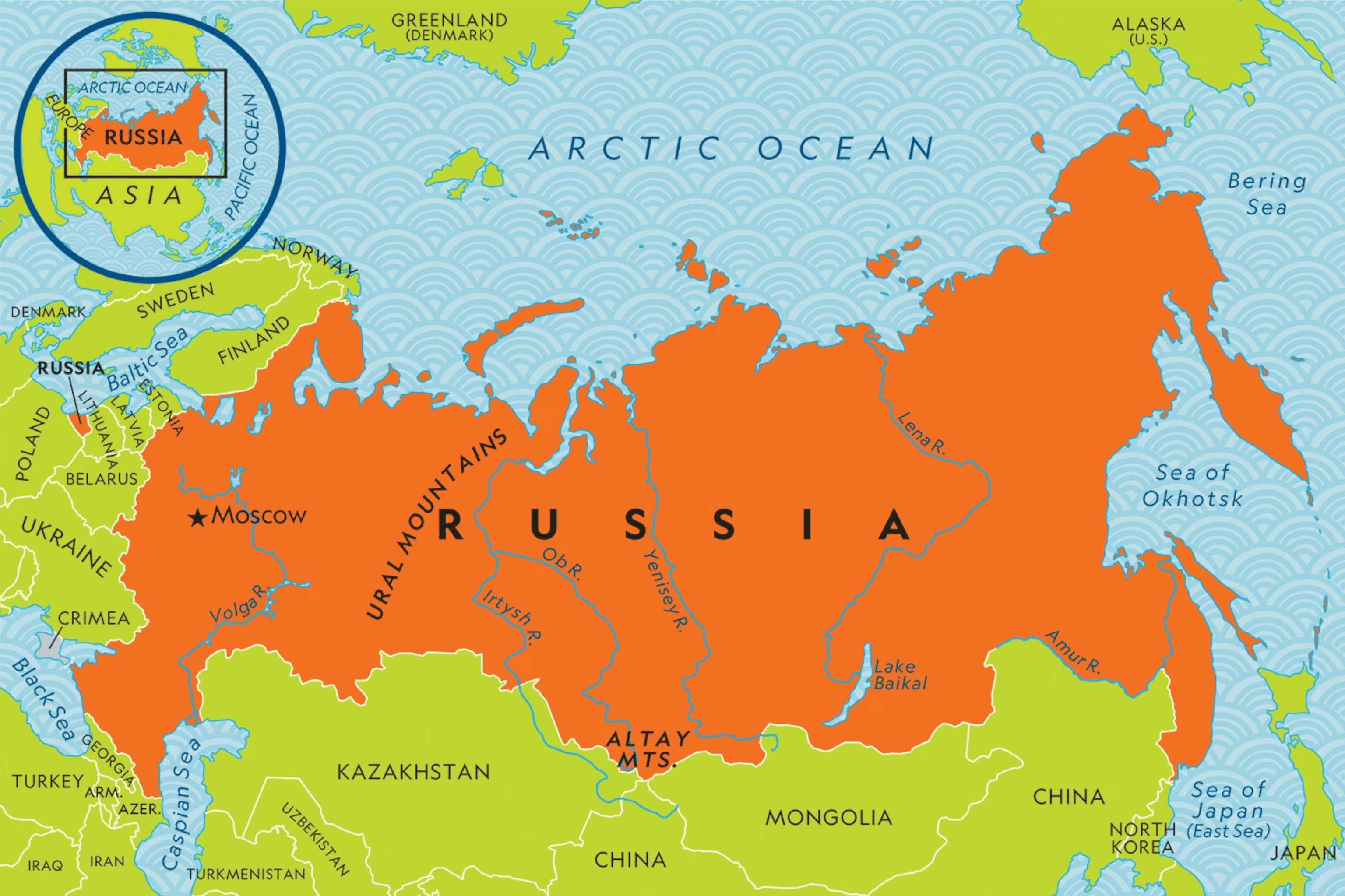
Native speakers: 146.9+ million
Total speakers: 254.9+ million
In 9th place is the Russian language, which now has a total of 254.9 million speakers. This language is the most widely spoken language used, considering that Russia is the largest country in the world by area. Therefore, it is not surprising that there are also many speakers of this language. In addition, the Russian language is also spoken in 19 states of Russia.
Russia is the largest country in the world by land area, and it is rich in natural resources. The country has a strong economy, with several large corporations and many emerging businesses. Being able to communicate in Russian can open up numerous opportunities for businesses to tap into this market.
If you own a website business, translating a website into Russian can give you a competitive advantage over other businesses that haven’t translated their website into this language. This can give businesses an edge in markets where Russian is widely spoken.
#10 Urdu - 231+ million total speakers
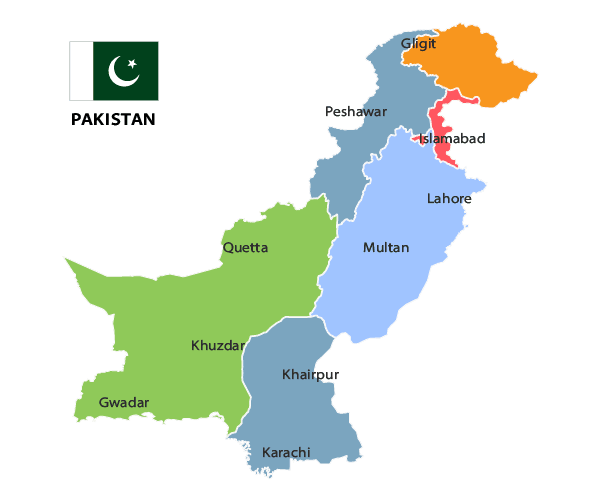
Native speakers: 70.5+ million
Total speakers: 231.7+ million
What is the most spoken language in the world in the next list? The next language on the top list of most used languages in the world for translation is Urdu, Pakistan’s official language. Urdu is almost similar to Hindi, but there are differences in the use of characters.
Translating a website into Urdu can provide several benefits for businesses and organizations. First, it can help them reach a wider audience, especially in South Asia and the Middle East. Second, it can enhance their credibility and build trust with Urdu-speaking customers by showing that they value their language and culture. Third, it can improve their search engine visibility in Urdu-speaking regions by allowing them to rank for relevant keywords.
#11 German - 134+ million total speakers
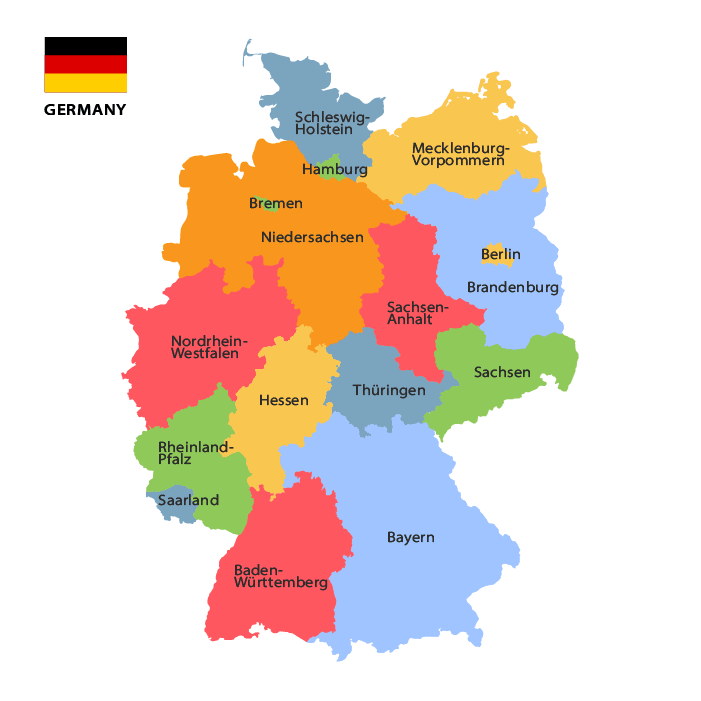
Native speakers: 75.6+ million
Total speakers: 134.6+ million
German is most spoken language by 134.6 million people, mainly in Germany, Austria, Switzerland, and Liechtenstein. It’s also one of the main languages in the European Union, making it very important in Europe.
Learning German can open up many doors. It helps you get to know different cultures in Europe and can give you more job opportunities, especially in science, technology, and engineering.
In term of global commerce, proficiency in German and translate website to German can be a significant asset. Germany’s robust economy, renowned for its precision engineering, automotive excellence, and technological innovation, commands a central position in the global market. Knowledge of German not only enhances one’s ability to collaborate with leading European businesses but also amplifies business prospects in various industries looking to engage with the German-speaking market.
#12 Indonesian - 199+ million total speakers
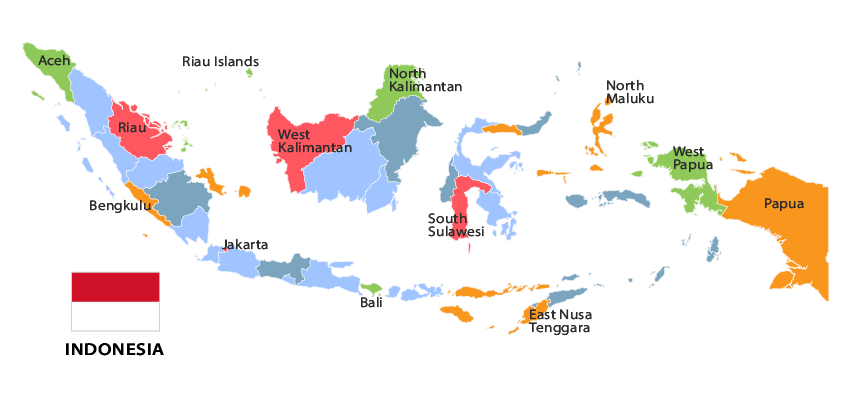
Native speakers: 43.6+ million
Total speakers: 199+ million
The next most spoken languages in the world is Indonesian with 199 million people speakers and is the main language of Indonesia, the fourth largest country in terms of population. Although many people in Indonesia grow up speaking other languages, they learn Indonesian to communicate across the country’s many islands, which are home to over 200 different local languages. This makes Indonesian a key language for bringing people together in Indonesia and in nearby Southeast Asian countries, especially with its similarity to the Malay language.
Knowing Indonesian can open up many opportunities in the online business world. Indonesia has fast-growing internet population makes it a hot spot for e-commerce and digital services. If you’re thinking about starting an online business or expanding your current one, communicating in Indonesian can help you reach millions of potential customers in Indonesia and beyond. It’s not just about selling products; it’s also about understanding what people need and how they live, which can help you offer better services or products.
#13 Japanese - 125+ million total speakers

Native speakers: 125.3+ million
Total speakers: 125.4+ million
#14 Vietnamese - 85+ million total speakers
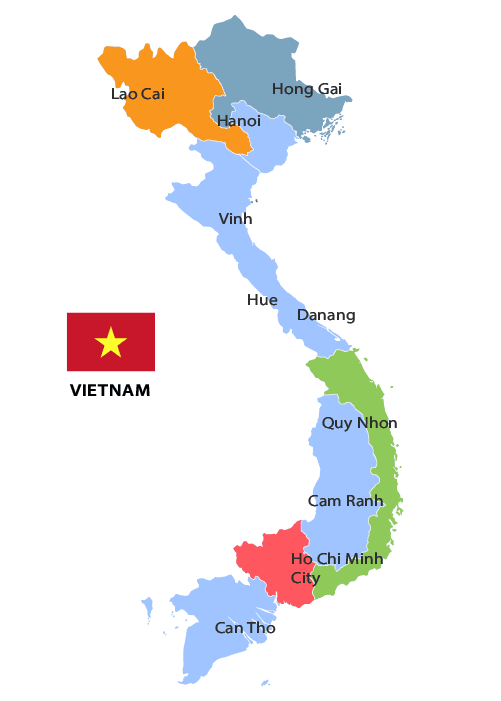
Native speakers: 84.6+ million
Total speakers: 85.3+ million
Vietnamese, with 85.3 million speakers, is primarily spoken in Vietnam and is recognized as an official language in the country. It is a tonal language with six distinct tones, which adds to its unique characteristics. Vietnam’s rich history and cultural heritage make learning Vietnamese an enriching experience. It provides insights into the country’s traditions, literature, and cuisine.
Vietnamese is also a valuable language for online business those interested in expanding their business into Southeast Asia. With the region’s continued economic growth, proficiency in Vietnamese can open doors to opportunities for collaboration, partnerships, and cultural exchange. So, you must adding Vietnamese on your web and translating website in Vietnamese to reach more audience.
#15 Nigeria Pidgin - 120+ million total speakers
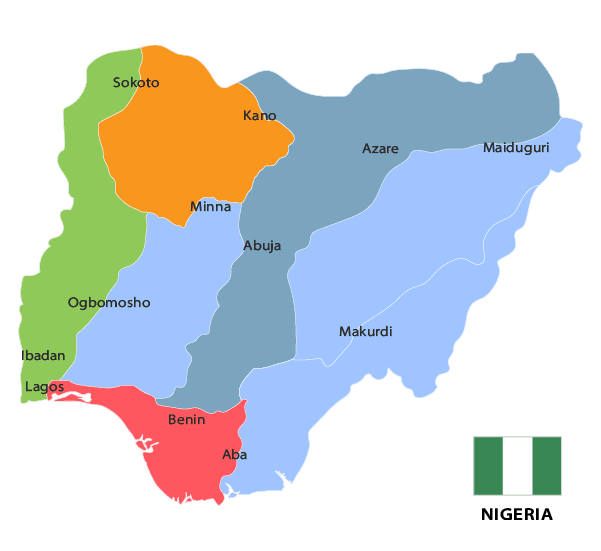
Native speakers: 4.7+ million
Total speakers: 120.7+ million
Nigerian Pidgin, with 120.7 million speakers, is a creole language that has emerged in Nigeria. It is a blend of English, local Nigerian languages, and various other influences. Nigerian Pidgin is widely spoken in Nigeria and holds cultural significance as a language of unity and expression. From a business perspective, understanding and utilizing Nigerian Pidgin can be advantageous for companies looking to expand their market reach in Nigeria. Additionally, Igbo, with 40 million speakers, is another widely spoken language in Nigeria that holds cultural and historical significance. It is important for businesses to consider incorporating Igbo translation services in order to effectively communicate with this large population.
Businesses can also connect with a broader audience and establish a stronger presence in the Nigerian market. Additionally, businesses that invest in language training for their employees to learn Nigerian Pidgin can enhance their cultural competency and improve relationships with local partners and customers.
Difference between internet language pages and spoken languages
After knowing the most popular languages. Let’s check the difference between the language used on the internet and the language spoken directly, and it is essential for you to be aware of this.
Grammar

Internet language tends to follow a more formal and structured written grammar. When writing on internet platforms, people tend to pay attention to grammar, spelling, and consistent use of punctuation. Writing on the internet often follows standard grammar rules.
On the other hand, spoken grammar tends to be more flexible and not as bound by standard rules. There is a tendency to use shorter phrases, incomplete sentences, and a more casual style. In spoken language, grammar rules can be relaxed or even ignored depending on the context and communicative situation.
Expressions

In internet language, the use of emoticons to depict facial expressions or specific objects is very common. In formal spoken language, the use of emoticons and emojis is nonexistent and is usually replaced by facial expressions and verbal intonation.
Style
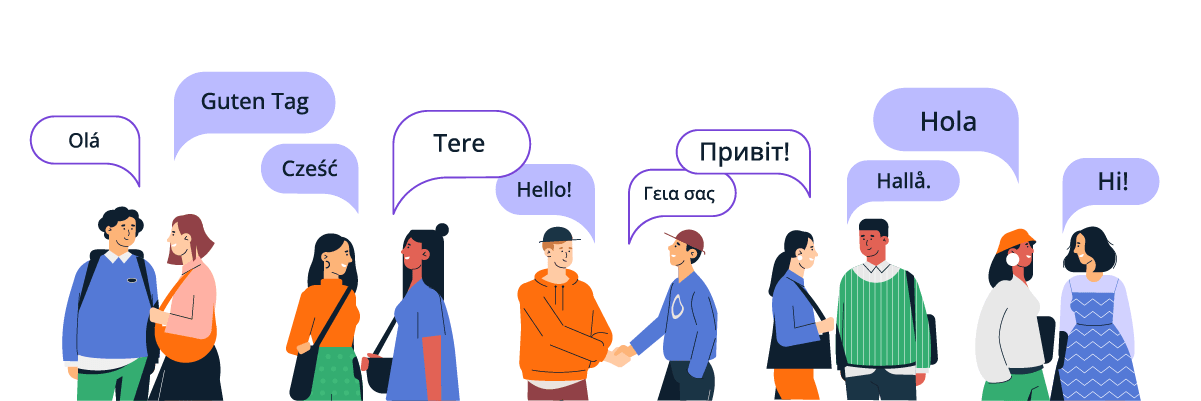
Internet language can encompass formal language style in certain contexts, especially in multilingual websites or official communications. Correct grammar usage, proper spelling, and a more structured style are important in these cases.
On the other hand, in spoken language, the style can vary from informal to formal, depending on the context and communicative situation. For example, in everyday conversations with close friends, spoken language tends to be more relaxed and informal, while in professional or formal contexts, spoken language can be more bound by formal rules and norms.
Use of abbreviations and slang

Internet language often involves the use of abbreviations, acronyms, and slang that are not common in formal spoken language. This includes the use of “LOL” (Laugh Out Loud), “BRB” (Be Right Back), or slang phrases commonly used in online communities. In formal spoken language, the use of abbreviations and slang is usually more limited. Therefore, if you are using abbreviations on a website or the internet, make sure your audience understands the meaning of those abbreviations.
These differences indicate that internet language has its own characteristics in terms of grammar usage, vocabulary, and style. It is more bound by written formats and influenced by online communities, while spoken language tends to be more flexible and dependent on context and social norms.
Therefore, for those who are translating websites into various languages, it is important to pay attention to the above points. This ensures that even though the audience is reading their language on the internet, the meaning of the language remains consistent with how they speak in their everyday lives.
Example business that have successfully expanded by translating websites
Here are examples of businesses that benefited from creating multilingual websites and using web localization strategies.
Airbnb

Airbnb is a popular online platform where people can register and book properties in various countries. Airbnb recognizes that locality plays an important role in their international expansion. Hence, they have localized their website into multiple languages seamlessly.
These companies realize that user experience is key to attracting a wider audience, so they customize their user interface, including visuals, according to specific market preferences, and of course ease of language switching. On the Airbnb website you can even change the language and region and you can also choose the currency that suits your destination country.
The positive impacts of this strategy include increased user engagement, higher conversion rates, and increased company credibility.
Ikea

Success in one market does not guarantee success in another. Companies need to study the needs and preferences of potential new buyers and comply with applicable regulations.
One example of success in global expansion is IKEA. Originating from Sweden, IKEA has succeeded in growing rapidly throughout the world and becoming a global leader in the household appliances industry. By adapting to different market needs and preferences and maintaining a strong brand, IKEA has achieved success in the international market.
The positive impacts of this strategy include increased customer engagement, higher conversion rates, and of course providing an easy user experience. You can see some of the languages provided at IKEA as above.
Lyft
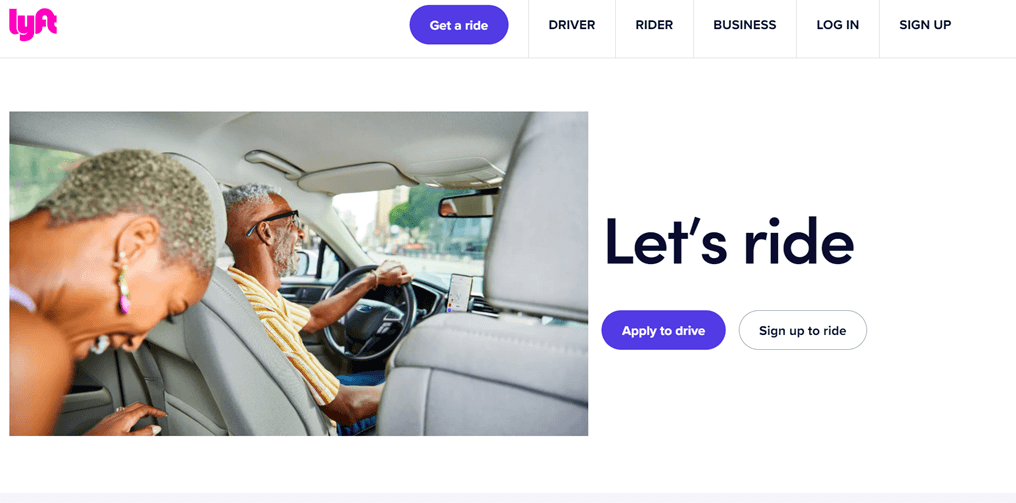
Lyft, a ride-sharing service founded in 2012, quickly realized the importance of a personalized user experience. They localized the Lyft website and app into Spanish, French, and Portuguese to better serve users.
They started by localizing into Spanish, as it was the second most common language spoken by their users. Next, they customized the website and app to improve the user experience for drivers and passengers, in Spanish, French and Portuguese.
Additionally, as part of the localization process, Lyft also adapted their payment system to use local currencies and adjusted their policies according to specific country laws and regulations. For example, they localize their services on their website for drivers in the US and Canada.
Translate the most used languages with Linguise!
Now you know what are the most spoken languages in the world for translation. Knowing the list of the most used languages is important for you multilingual site owners.
So, for those of you who don’t have an automatic translation service for your website, use Linguise translation service. Linguise can translate many types of content, including websites, plugins, and more.
With more than 80 languages available, you can add any language to your site. To try the features before subscribing, take advantage of the free 1-month trial which you can get without entering a credit card.
Register Linguise, install it on the website, and translate your site into various languages that are widely used in the world!

